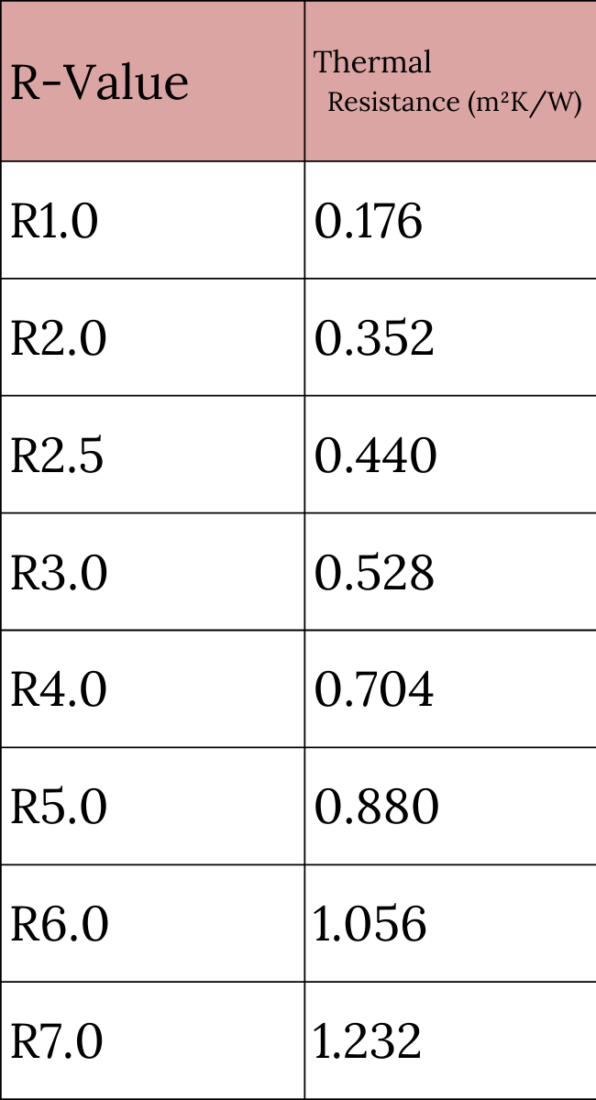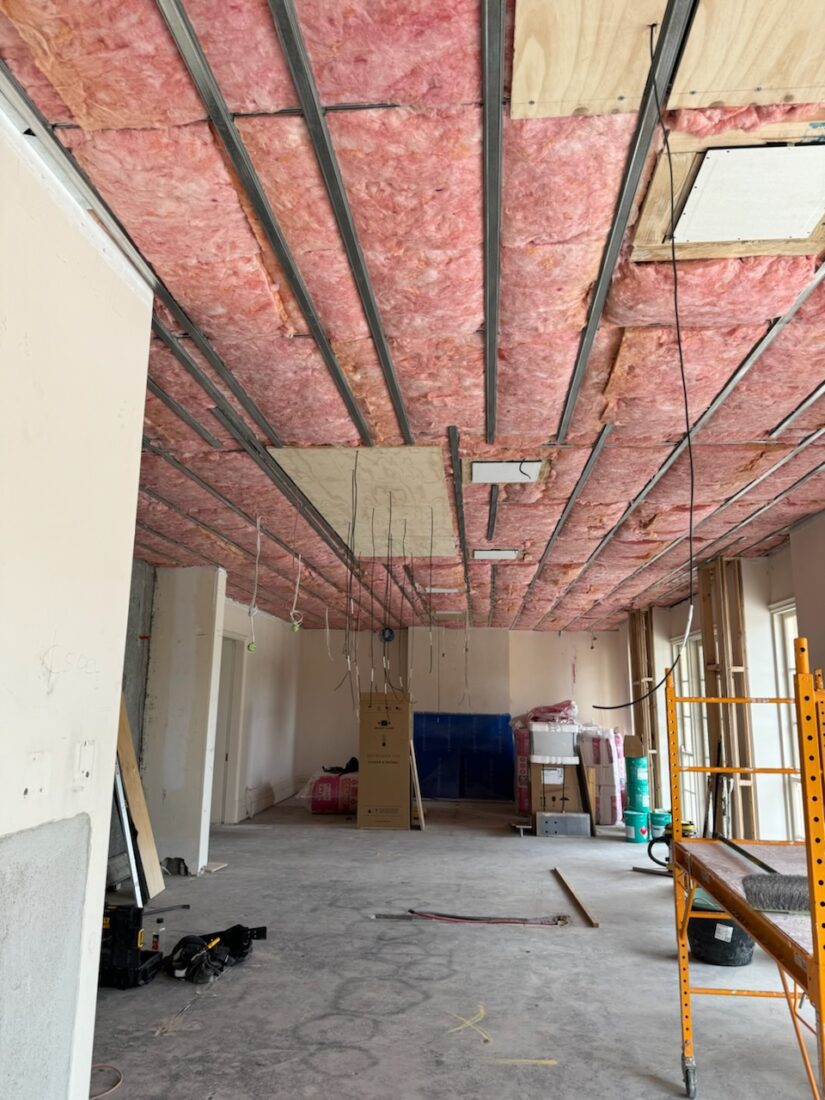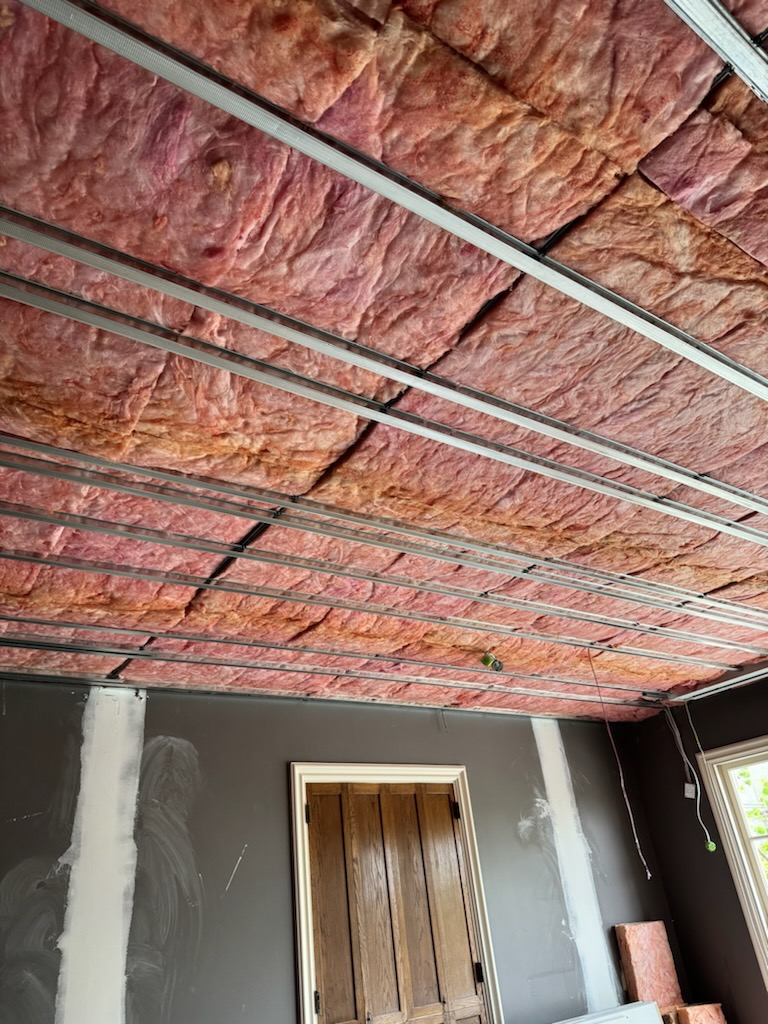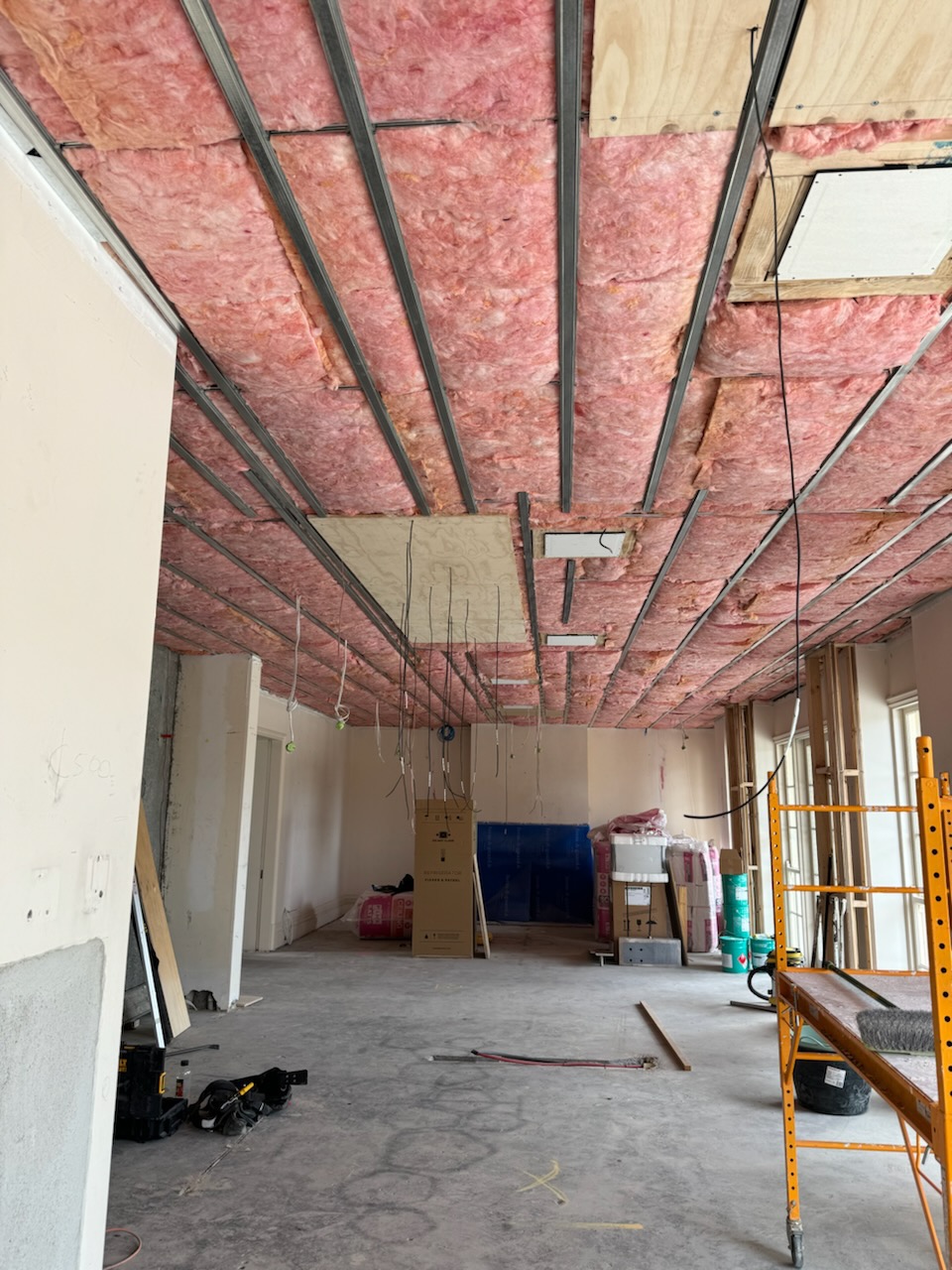Your cart is currently empty!
Understanding Insulation R Value
Posted March 2024
Right, so you have received your home plans, or renovation plans, and in the Energy Report, it states you need wall Insulation with R2.5 R Rating – What is Insulation R Value? Understanding the Rated Value in insulation is crucial for energy efficiency and comfort in home insulation. Firstly, the value measures how well materials resist heat transfer. Moreover, higher Values mean better insulation, keeping indoor temperatures regulated.
Recommended Insulation R Value for Insulation for Different Regions
Consider your location when choosing Values for insulation. Specifically, in places like Melbourne, Sydney, or Adelaide, where climates differ, opt for R2.5 High Density for walls and R5.0 or R6.0 for ceilings. Additionally, for homes with suspended floors, add R2.0 underfloor insulation for better heat retention.

5 Reasons Insulation R Value Improves Your Home
1️⃣ Better Energy Efficiency – Higher R-Values improve thermal resistance, keeping homes warmer in winter and cooler in summer, reducing heating and cooling costs.
2️⃣ Increased Home Comfort – Proper insulation stabilizes indoor temperature, reducing hot and cold spots while maintaining a more consistent climate.
3️⃣ Lower Energy Bills – The right R-Value insulation reduces energy consumption by up to 50%, cutting electricity and gas costs.
4️⃣ Noise Reduction – Acoustic insulation with a good R-Value helps minimize sound transfer between rooms, making homes quieter.
5️⃣ Improved Property Value – Homes with proper thermal insulation are more energy-efficient, eco-friendly, and meet building insulation requirements, increasing resale value.

Why opt for Higher R- Value Insulation?
Choosing higher Insulation R Value improves your home’s thermal and acoustic performance. Consequently, with rising energy costs in Australia, more homeowners prefer higher Values like R2.5 HD for walls and R6.0 for roofs. Essentially, it’s simple: higher R rated mean better insulation, maintaining indoor temperatures and reducing outside noise.
Advantages of your Insulation R Value choices include:
- Strategic Insulation for Enhanced Comfort – If you want more privacy and tranquility at home, consider installing wall insulation strategically. Specifically, use R2.5 HD acoustic insulation or higher in bedrooms or bathrooms for a quieter ambiance. Additionally, prioritizing insulation in certain areas based on preferences is a wise approach.
- Ensuring Optimal Installation for Maximum Efficiency – To reach the specified Value for insulation, install insulation meticulously. Small gaps or irregularities can reduce effectiveness. So, precise installation without gaps or overlaps is vital for optimal performance and longevity.
- Long-Term Savings through Smart Investments – Investing in proper wall and ceiling insulation, along with wall wrapping, is a smart choice for homeowners. Although there’s an initial cost, it’s offset by long-term energy savings. This makes it a financially wise decision with clear benefits.
Determining the Optimal R Value Insulation for Value-driven Choices
When considering bulk insulation orders, balancing the Value and cost-effectiveness is crucial. Higher Values provide better thermal resistance but come at a higher cost. Therefore, it’s vital to find the lowest viable Value for insulation that still ensures optimal thermal regulation. Consider factors like climate zone and budget constraints when making this decision. Speak to one of our experienced consultants to help you make this choice.

Adhering to Building Code Standards
Adhering to the Building Code of Australia requires sufficient insulation in new homes. It must be tailored to your climate and environment. Understanding your locale’s required R-Value is crucial. It ensures your home meets regulatory standards and stays comfortable throughout the year.
Enhanced Performance with Wall Wrap Integration
To enhance insulation performance, integrate wall wrap before starting brickwork. This extra layer protects against external elements and complements bulk insulation. Wall wrap prevents direct contact between insulation and brickwork, maintaining crucial air gaps. This boosts insulation performance to higher levels.
Ultimately, R-Value in insulation is crucial in-home insulation. It guides decisions to optimize energy efficiency, comfort, and long-term savings. Understanding and leveraging the Rated Value effectively helps create thermally efficient spaces that enhance living standards.
Importance of R-Values in Different Climates.
R-Values play a crucial role in determining the effectiveness of insulation across various climates.
- Cold Climates: In regions with harsh winters, higher R-Value insulation is essential to retain indoor heat, ensuring comfort and reducing heating costs.
- Hot Climates: Conversely, in warmer areas, appropriate R-Value insulation helps keep indoor spaces cool by resisting external heat, thereby lowering air conditioning expenses.
- Mixed Climates: For areas experiencing both temperature extremes, selecting insulation with balanced R-Values is vital to maintain year-round energy efficiency.
How to Choose the Right R Value Insulation for Your Home.
Selecting suitable R-Value insulation depends on several factors:
- Local Building Codes: Many regions have specific R-Value requirements for new constructions and renovations.
- Home Design: The architectural style, including the number of windows, ceiling height, and construction materials, influences the optimal R-Value needed.
- Budget Considerations: While higher R-Value insulation offers better performance, it may come at a higher cost. Balancing efficiency with budget is key.
Common Myths About R-Values
Addressing misconceptions can help readers make informed decisions:
- Myth 1: Higher R-Value Always Means Better Insulation: While higher R-Values indicate greater resistance to heat flow, factors like installation quality and material type also impact overall performance.
- Myth 2: R-Value is the Only Factor to Consider: Other aspects, such as moisture resistance, fire safety, and environmental impact, are equally important when choosing insulation.
The Role of Installation in Insulation Performance
Proper installation is critical to achieving the desired R-Value performance:
- Avoiding Gaps and Compression: Even minor gaps or compressed insulation can significantly reduce effectiveness.
- Professional Installation vs. DIY: While DIY installation may seem cost-effective, professional installers ensure optimal performance and compliance with local codes.
Future Trends in Insulation Technology
The insulation industry is continually evolving, with emerging technologies aimed at enhancing energy efficiency:
- Eco-Friendly Materials: The development of sustainable insulation options, such as recycled materials and natural fibers, is on the rise.
- Smart Insulation Systems: Innovations like phase-change materials that adapt to temperature variations are being explored to improve thermal regulation.

